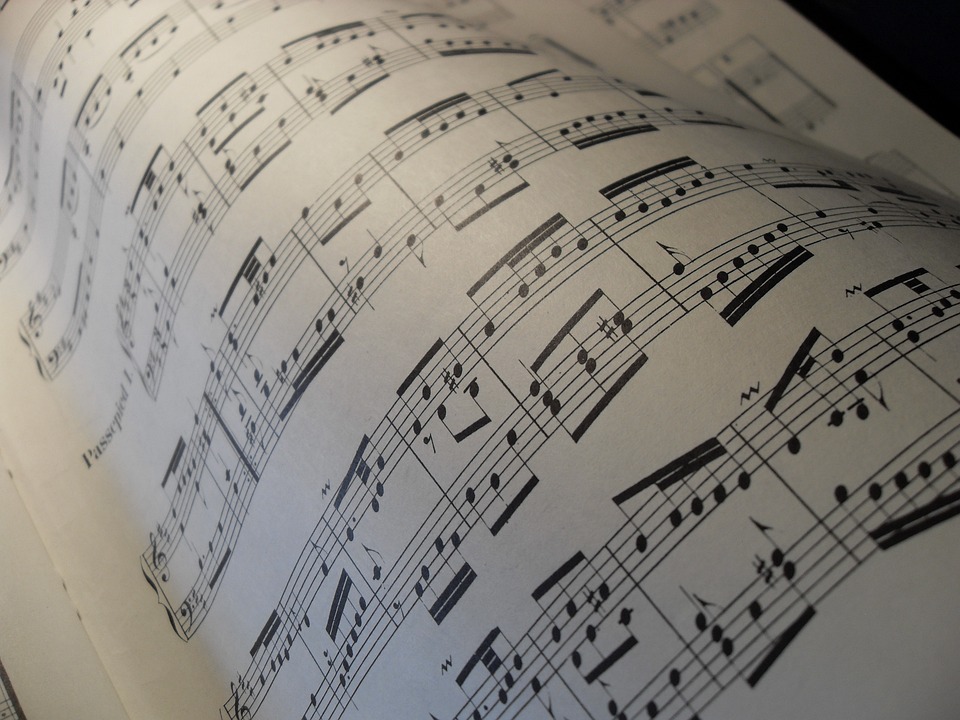Interpreting the Masters: Techniques for Bringing Classical Music to Life
Classical music is a beautiful art form that has been around for centuries, with composers such as Bach, Beethoven, and Mozart leaving behind timeless masterpieces for future generations to enjoy. However, simply playing the notes on a page is not enough to truly bring classical music to life. It takes skill, technique, and interpretation to capture the essence of a piece and convey the composer’s intentions to the audience. In this article, we will explore some techniques for interpreting the masters and bringing classical music to life.
Understanding the Composer’s Intentions
One of the most important aspects of interpreting classical music is understanding the composer’s intentions. Each piece of music has its own unique characteristics, mood, and message that the composer intended to convey. By studying the background of the composer, the historical context in which the piece was written, and the notation on the page, musicians can gain valuable insights into how to bring the music to life.
For example, if a piece was written during a period of political unrest, the musician may choose to play with a sense of urgency and intensity to reflect the turmoil of the times. On the other hand, if a piece was composed during a period of peace and prosperity, the musician may choose to play with a light and joyful touch. Understanding the composer’s intentions allows musicians to make informed decisions about how to interpret the music and bring it to life for the audience.
Expressive Playing Techniques
Once a musician has a solid understanding of the composer’s intentions, the next step is to develop expressive playing techniques that bring the music to life. This can include dynamics, phrasing, tempo, and articulation, among other elements.
Dynamics refer to the loudness or softness of the music and can greatly affect the mood and impact of a piece. For example, playing a section of music loudly can create a sense of tension and drama, while playing softly can create a sense of intimacy and introspection. By varying the dynamics throughout a piece, musicians can create a dynamic and engaging performance that captivates the audience.
Phrasing is another important aspect of expressive playing that can bring classical music to life. Phrasing involves grouping notes together into musical phrases that flow naturally and expressively. By paying attention to the natural ebb and flow of the music, musicians can create a cohesive and coherent performance that is both engaging and memorable.
Tempo refers to the speed at which a piece of music is played and can greatly affect its mood and character. Playing a piece of music at a faster tempo can create a sense of excitement and energy, while playing at a slower tempo can create a sense of calm and contemplation. By experimenting with different tempos and finding the right balance for each piece, musicians can bring the music to life in a way that is true to the composer’s intentions.
Articulation refers to how notes are played, including techniques such as staccato, legato, and accents. By using different articulation techniques, musicians can add color and expressiveness to their playing, creating a nuanced and engaging performance that captures the nuances of the music.
Emotional Connection
One of the most important aspects of bringing classical music to life is creating an emotional connection with the music and the audience. By tapping into their own emotions and experiences, musicians can infuse their playing with authenticity and depth, creating a performance that is both powerful and moving.
To create an emotional connection with the music, musicians can draw on their own experiences and memories to bring a personal touch to their performance. By connecting with the emotional heart of the music, musicians can create a performance that is heartfelt and genuine, resonating with audiences on a deeper level.
In addition, musicians can also create an emotional connection with the audience by engaging with them during the performance. By making eye contact, engaging with the audience, and creating a sense of intimacy and connection, musicians can create a memorable and engaging performance that leaves a lasting impact on the audience.
In conclusion, interpreting the masters and bringing classical music to life takes skill, technique, and interpretation. By understanding the composer’s intentions, developing expressive playing techniques, and creating an emotional connection with the music and the audience, musicians can create performances that are engaging, memorable, and powerful. By following these techniques, musicians can bring classical music to life in a way that is true to the composer’s intentions and resonates with audiences for generations to come.


